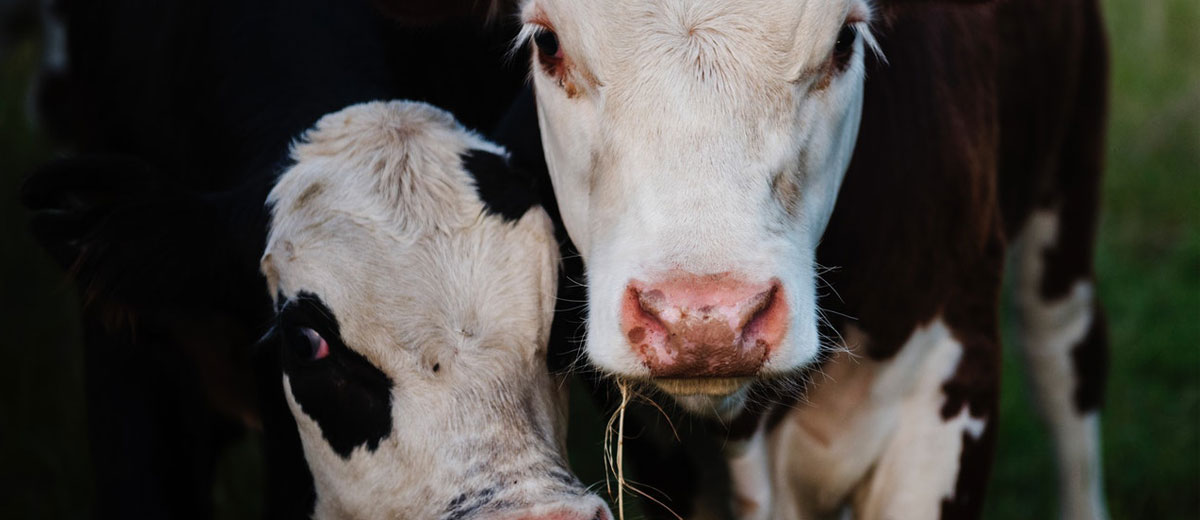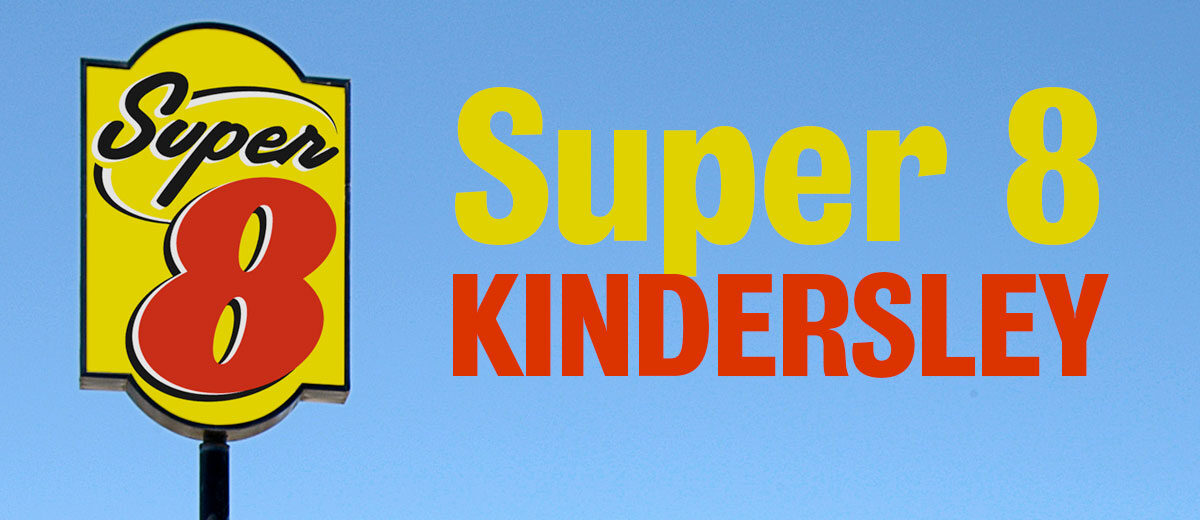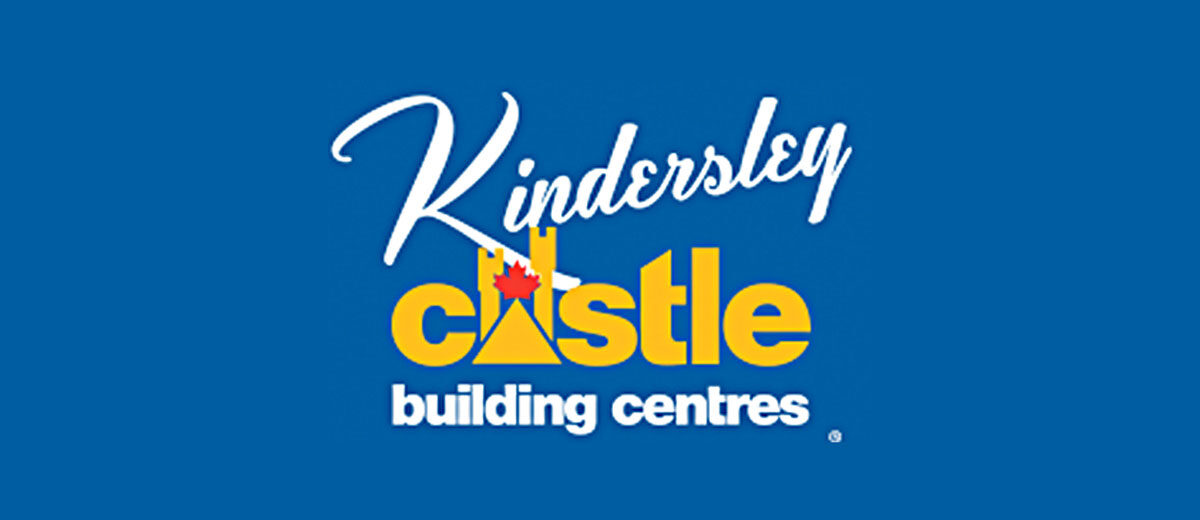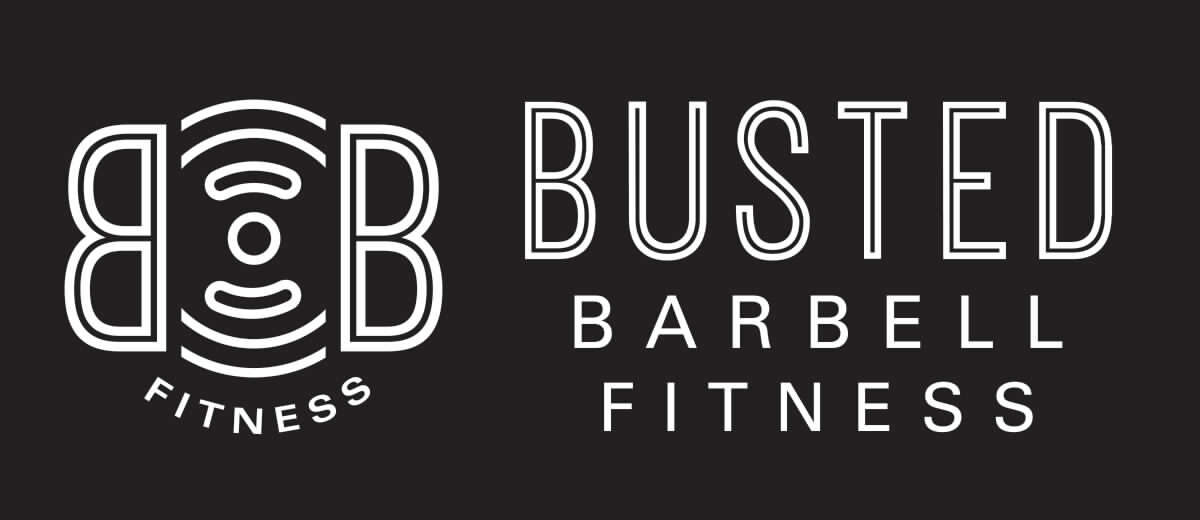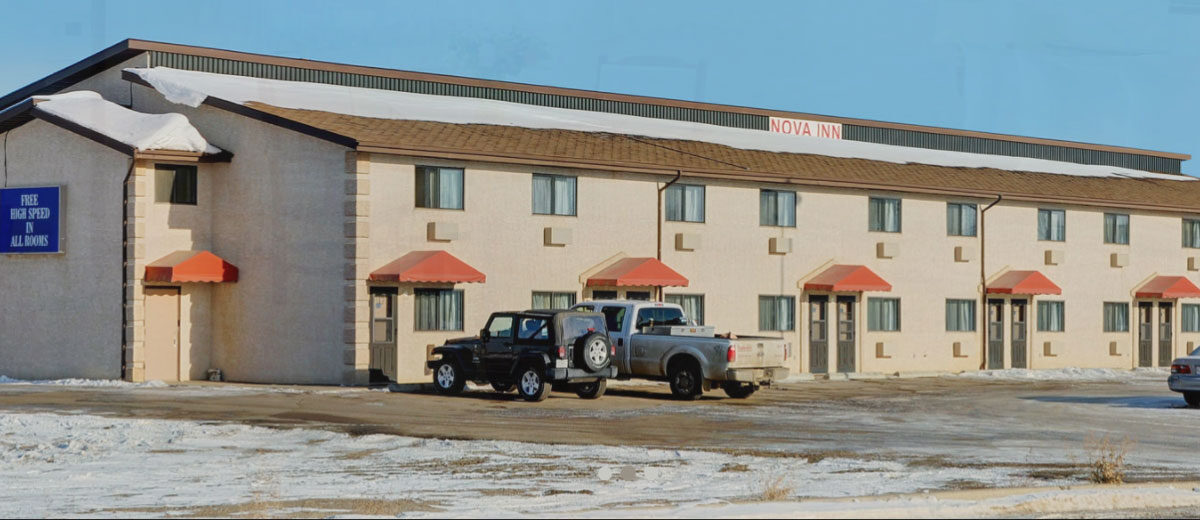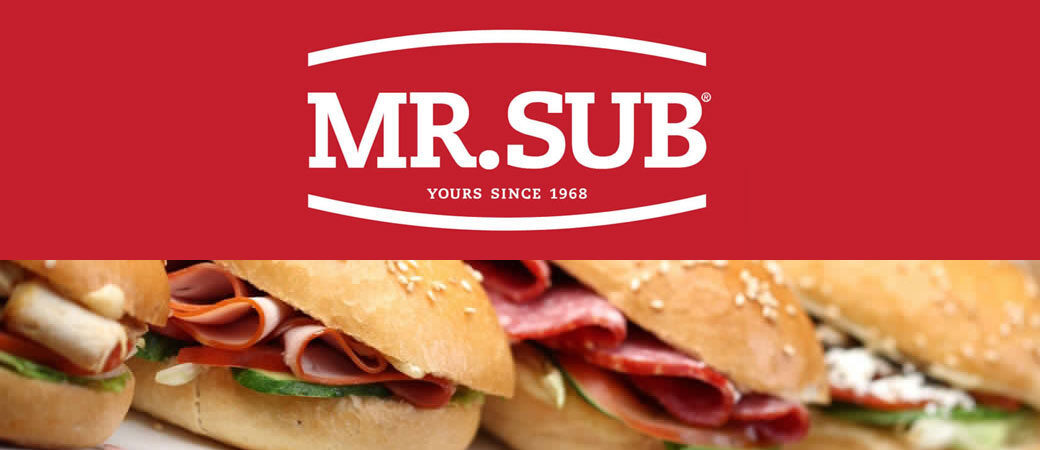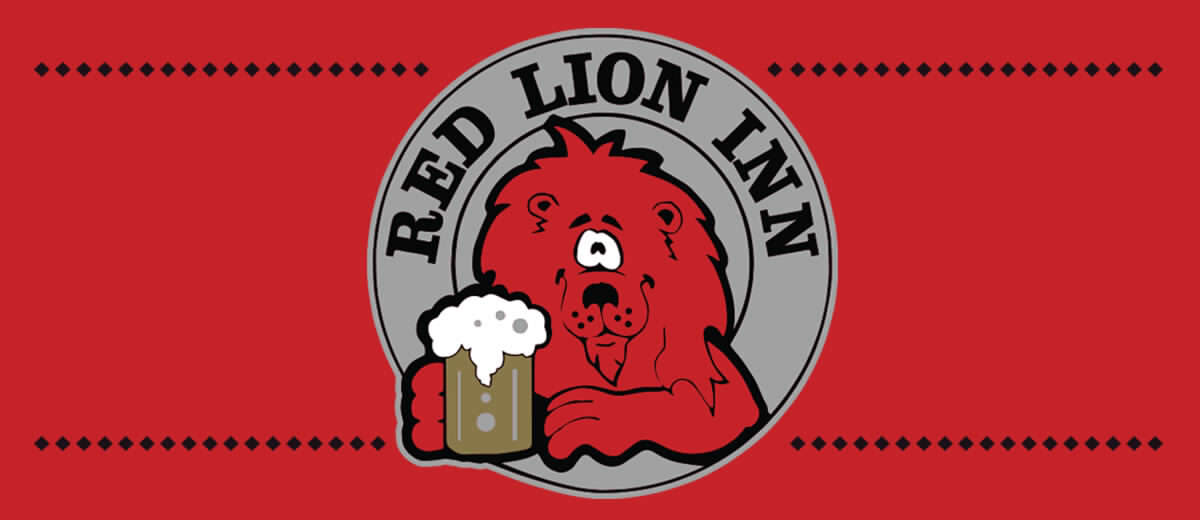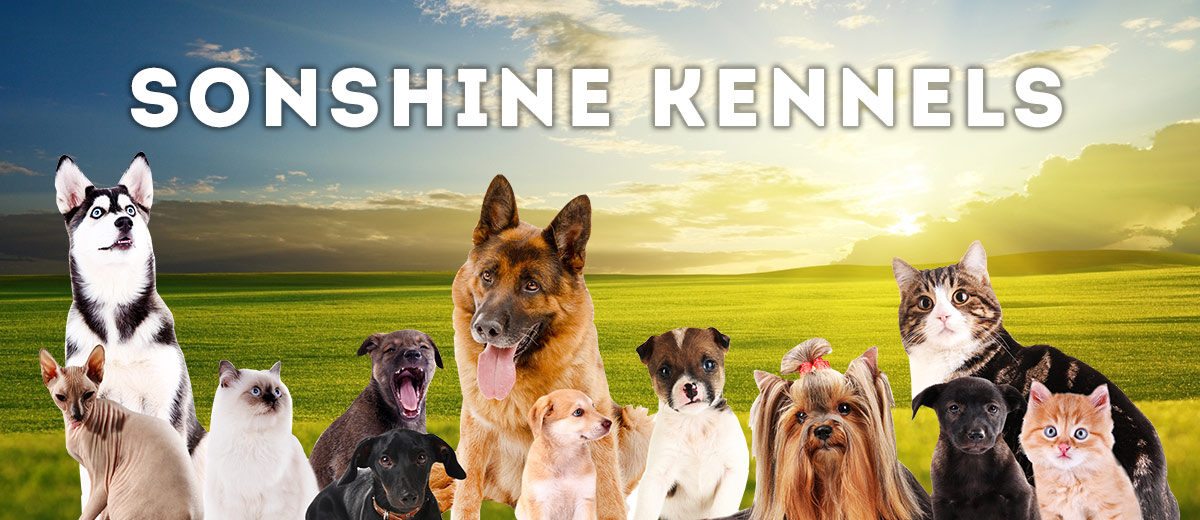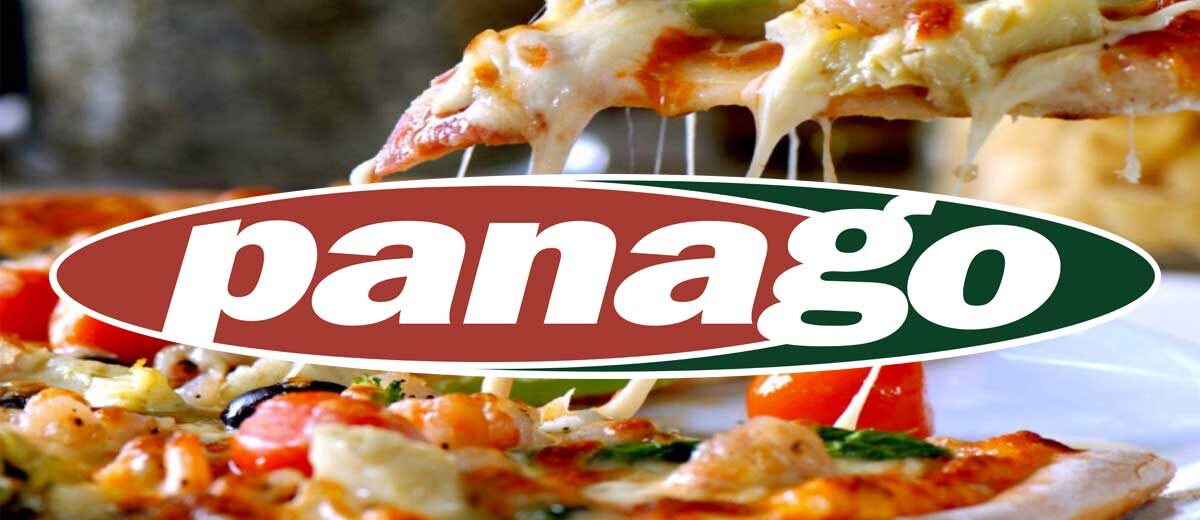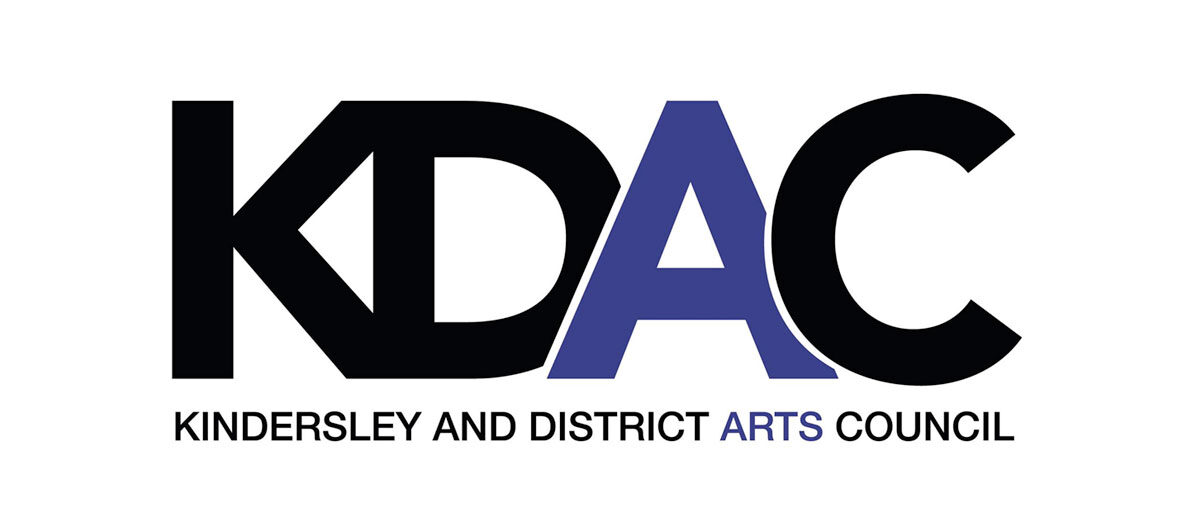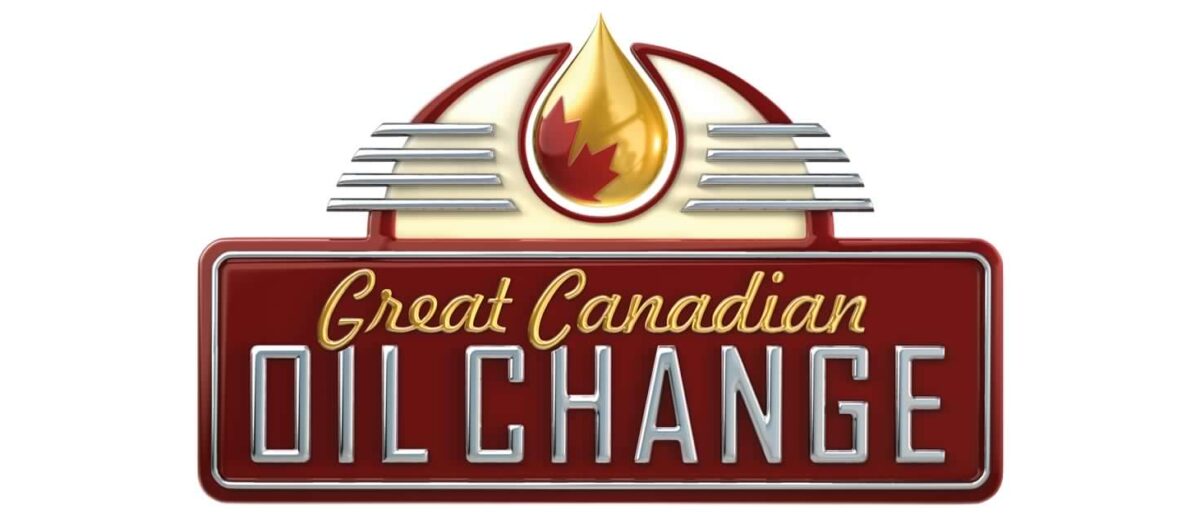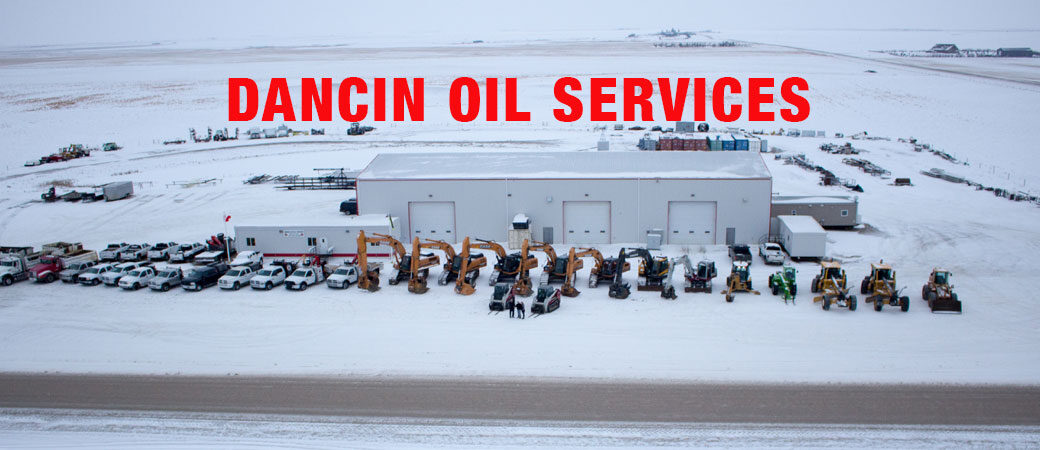Source: Colby Elford BSc., PAg., Livestock and Feed Extension Specialist, Moose Jaw, August 2019
As the grazing season progresses, pastures typically decline in feed quality and quantity.
When rain is limited, this process is expedited. When grazing cow calf pairs, it may be beneficial to look at providing creep feed for the calves if forage supply or quality is in question.
Providing a highly-palatable creep feed for calves will reduce nursing pressure on the cows as well as reduce grazing pressure on the pasture. A calf’s first preference is milk, then creep feed and, lastly, forage. When milk and creep are available, pressure on the pasture will be reduced. Furthermore, as the dam’s milk production decreases later in summer, the calf will be expected to meet its nutritional requirements elsewhere. A supplemental feed can meet this need.
In order to meet the requirements of a growing calf, the energy content of creep feed should be in the range of 65 per cent to 70 per cent Total Digestible Nutrients (TDN) and about 13 per cent protein. Vitamin and mineral requirements should also be considered. The creep feed could be made up of on farm grains such as oats. Depending on pasture quality, an additional protein source may be added to meet the calf’s requirements. Nutritionally-balanced creep feed can also be purchased from a supplier and is often as cost effective as developing a balanced creep feed on farm.
When a creep feed is available to the calves there will be more forage present for the cows. It is estimated that for every pound of creep feed consumed by the calf, there will be a savings of one-half to one pound of forage that will be available to the cows. Therefore, the grazing season can be extended or pasture health can be maintained rather than deteriorated.
The creep feeder design should ensure the feed will be kept dry, be capable of holding a one-week supply, be portable and have the ability to keep the cows out while allowing the calves to enter. To start calves on creep feed, the feeder should be placed near watering sources where the herd congregates. Once the calves have started to use the feeder, it can be moved to other areas of the pasture to encourage grazing in less-used areas. The feeder can be a useful tool during dry years to “lead” the herd to use areas of the pasture that they might otherwise avoid.
If considering early weaning of calves, creep feeding can be a good first step. It can also facilitate early weaning, particularly during a dry year. The creep feed gets the calves accustomed to consuming dry feed as well as aiding in getting them bunk trained. It is more efficient to wean the calves and place them on dry feed than it is to creep feed them. The feed conversion of early-weaned calves on dry feed is much better than the overall feed conversion of the cow nursing her calf. These young, weaned calves can be placed on a nutritional program
to maintain their normal growth of 1.75 to 2.25 lb. per day. They will be able to achieve their normal weaning weights at their usual weaning dates and, at the same time, do it more efficiently. In this scenario, the feed requirements for the cows will be reduced once the calves are weaned, and it will allow them to maintain or regain their body condition on less feed. Cows entering into the winter season in good body condition cost the least to over winter.
Creep feeding is a useful tool during times when pasture growth is inadequate
to maintain normal calf performance, later in the season when pasture quality declines, or whenever the calves are retained to place them on a feeding program at home. It may not be something to undertake on a routine basis, but it may be worth considering when forage quantity is in short supply (e.g. during a drought), later in the season when forage quality has declined below the cows’ nutritional requirements to maintain normal body condition, or to sustain normal rates of gain and growth of calves, and ultimately, weaning weight.
For the latest information and for more updates on everything Kindersley ‘Like’ the Kindersley Social Facebook page below…
